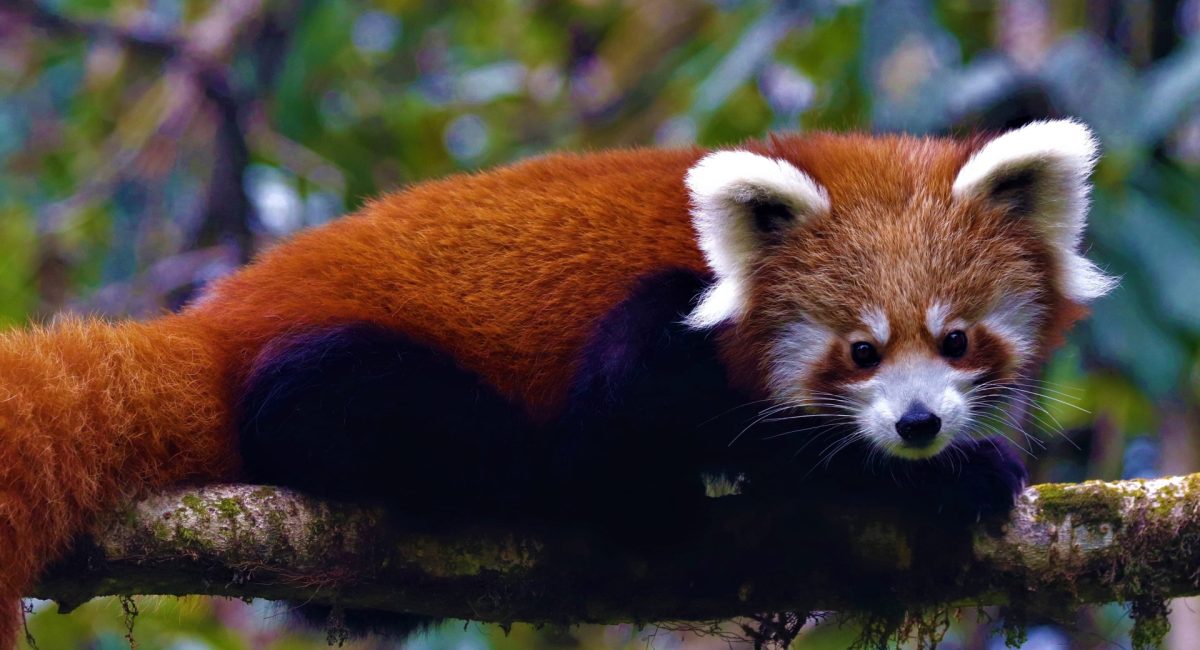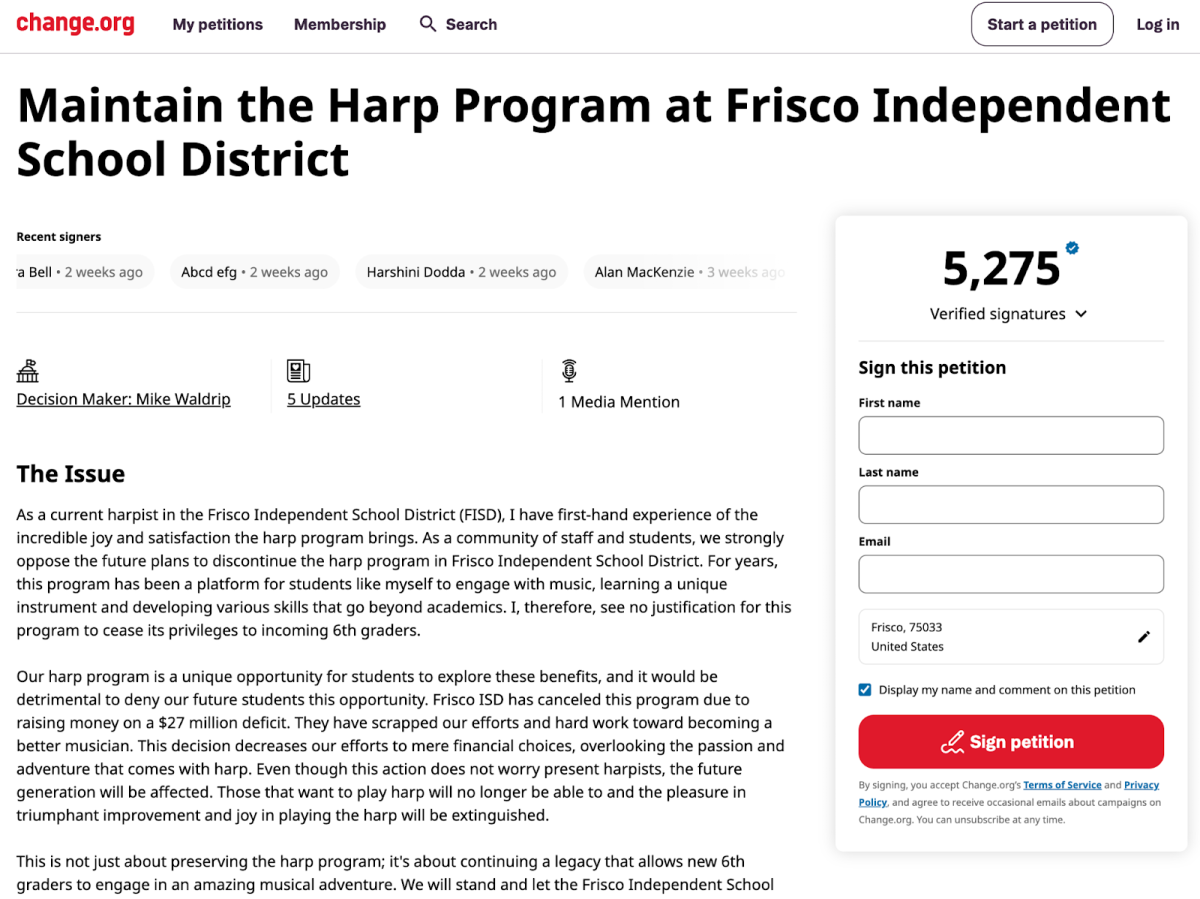FRISCO, TEXAS — Red pandas, the adorable sunbathing tree-dwellers, continue to face endangerment due to human activity and climate change. We must act now to preserve this unique species.
Red pandas have been legally protected in many countries such as India, Bhutan, China, Nepal, and Myanmar (Burma). International protections, since 1995, resulted in outlawing the hunting of red pandas. Organizations, such as the Red Panda Network and the World Wildlife Fund, help raise awareness and money to establish several safe houses for red pandas while they reproduce to increase the population.
The primary threats to the species include poaching, habitat loss, human interference, and rising temperatures.
Humans have historically used red pandas’ fur coats for goods such as rugs and bathmats. According to the IUCN (International Union for Conservation of Nature), it is estimated that nearly 50% of all red panda populations, spanning three generations over approximately 20 years, have declined. As red panda fur increased in value, poaching continued, leading to the decline in the red panda population over the past two decades.
Red pandas typically live in temperate forests with high altitudes and bamboo understories in the Himalayas and other high mountains. However, as temperatures have changed, temperate trees face threats from dangerous invasive pests from other regions, loss of forest lands from urbanization and farmland growth, and destructive wildfires which are becoming more common and increasingly severe. Additionally, rising temperatures and changes in water availability are huge threats to the temperate forest and its inhabitants.
With global warming causing an increase in temperatures, pandas are starting to migrate to higher elevations for a cooler environment. Bamboo forests cannot survive in these higher elevations, resulting in a food shortage for the remaining wild pandas. If bamboo environments remain in their current locations, it is estimated that between 80 and 100 percent of bamboo yields will disappear by the end of the 21st century.
Climate change won’t just impact some places and species – it will affect us all. We are already beginning to feel the effects of extreme weather and man-made influences on global environments, stretching food insecurities for wildlife and humans alike. Dwindling wildlife habitats that exacerbate these food insecurities lead to smaller native wildlife, thus resulting in decreased opportunities for us to truly appreciate our world’s natural beauties. Whether it’s smoke from cigarettes or emissions from automobiles or factories, there are ways we affect climate change through our own choices. Cars expel tons of hot gas, heating our planet. We can reduce our impact on the environment by taking a walk or considering hopping on a bike.
Slowing or stopping the extinction of red pandas is no easy feat. Seeking donations and volunteers to care for red pandas is a choice that we can make. If you would like to get involved in the preservation of the red panda or other endangered wildlife, consider exploring endangered species clubs and organizations, such as the World Wildlife Fund.














